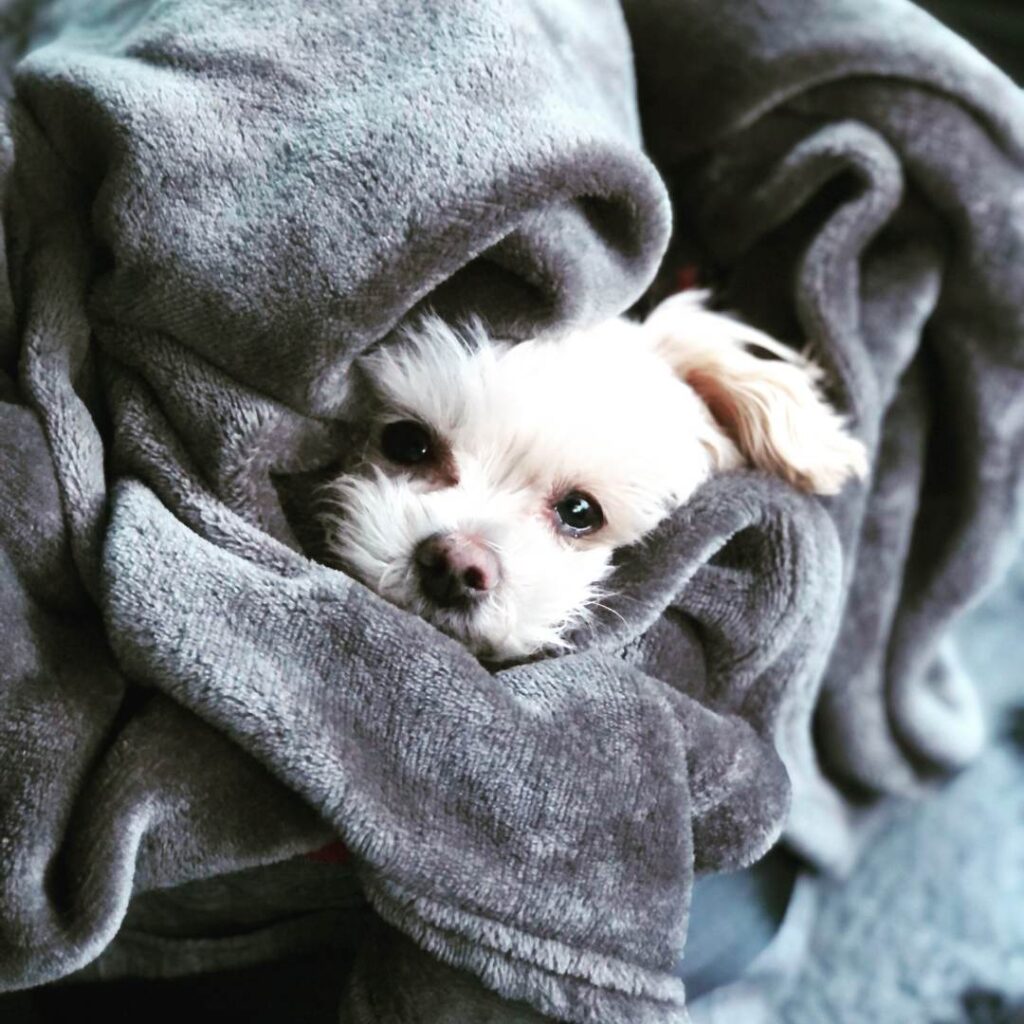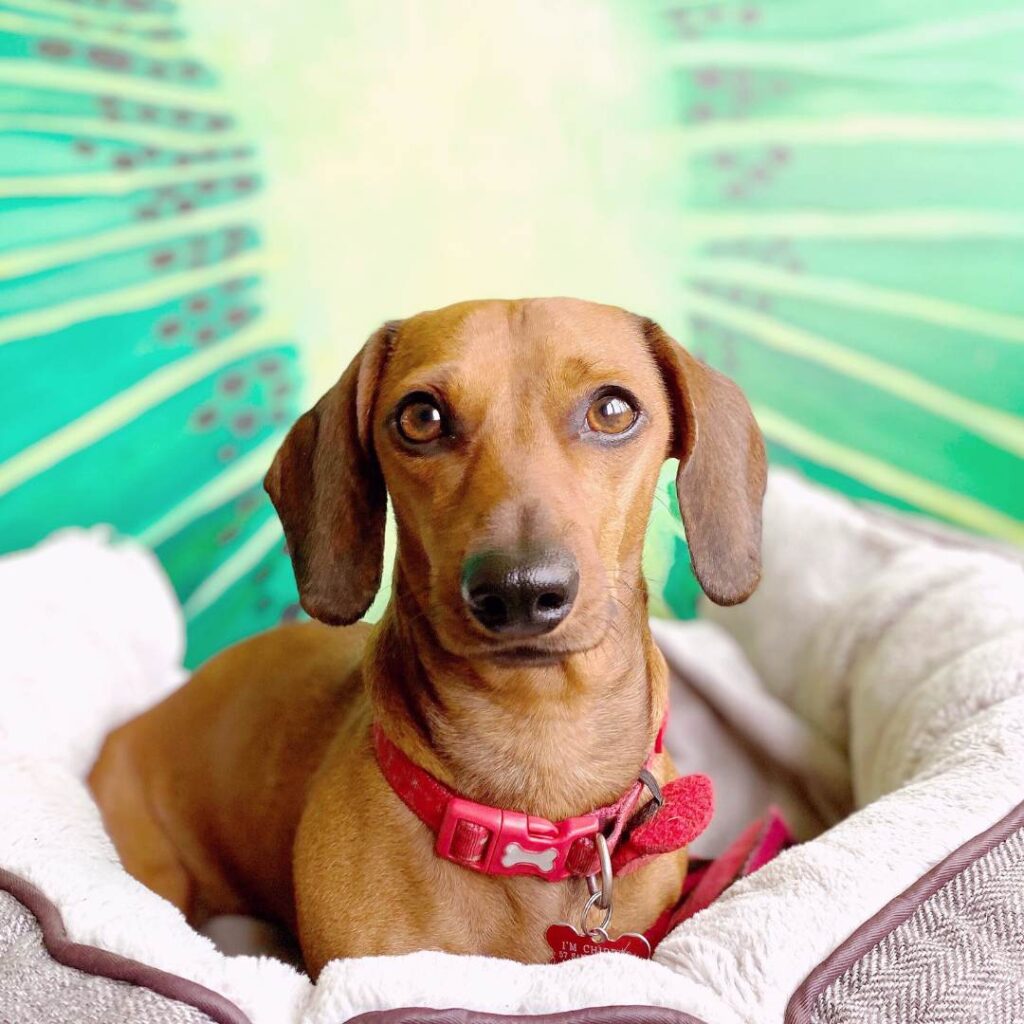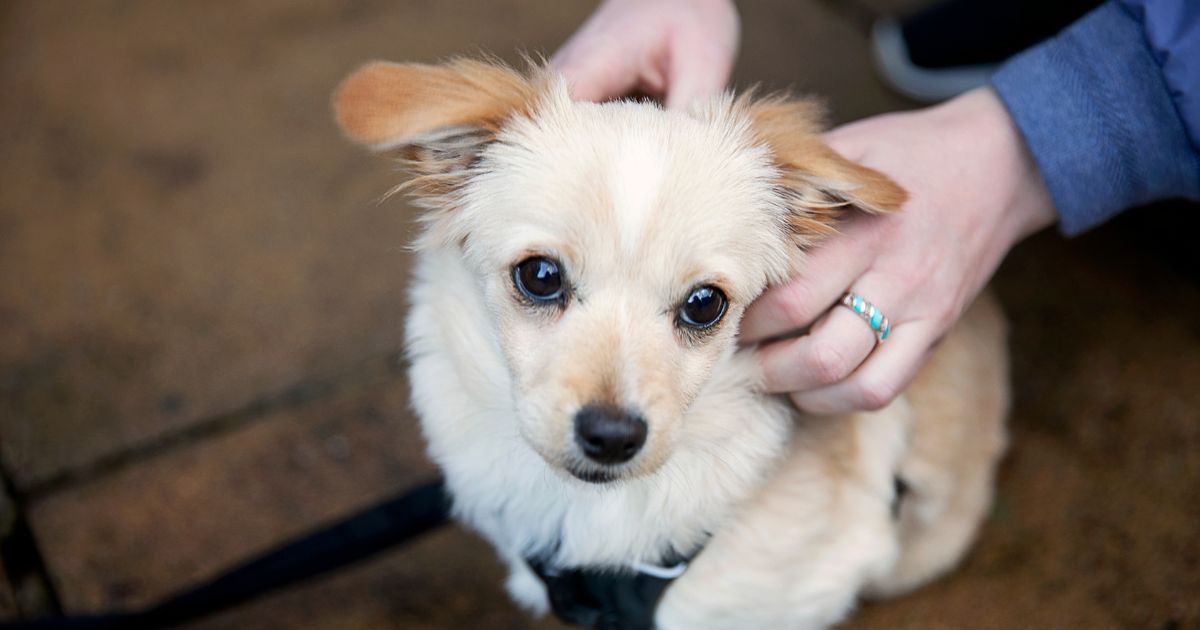Looking at social media, advertising and even TV shows and films, it’s easy to think we’re a nation of big dog lovers. Firm favourites – such as Golden Retrievers, Labradors and Spaniels – seem to be held up as the ideal family dog, with small dog breeds often losing out in the popularity stakes. But it’s time to redress the balance a little bit – and champion the joys of small dog breeds!
The history of small dog breeds
If you look back to the very end of the 1800s, there became two distinct types of dogs in the UK. Working dogs – who earned their living doing a specific job – and companion dogs who were much more suited to a life of luxury. This was, in many cases, due to the influence of Queen Victoria – so I guess we shouldn’t be surprised some of the small dog breeds she introduced into the UK liked life on a chaise longue far more than they did life on a farm!
Queen Victoria was a huge animal lover – and she brought many companion dogs from the courts of Europe into the country. From there, they became popular with those who wanted to emulate the monarch.
The Queen was particularly fond of Dachshunds, Pugs, Pomeranians, King Charles Spaniels, and Pekinese amongst others. And at one time she had over 100 dogs in the royal household! She also did more than anyone to popularise the idea of dogs (and cats too) living in the house as companions rather than outdoors as working helpmates.
Just an understanding of this history can easily start us wondering if these small dog breeds are far better suited to life with most owners than the often higher maintenance working breeds – who require lots of exercise in all weathers, bring the great outdoors back indoors, and need plenty of enrichment along with outlets for their natural desire to do their “job.”
Benefits of small dog breeds
Less exercise
All dogs need to get outside for a walk every day. It breaks up the boredom of the day, gives them a chance to explore, sniff, and investigate new and interesting places, and is a perfect form of enrichment that’ll keep them healthy and happy.
Unlike working breeds, however, small companion dogs are generally happy with a couple of half hour walks a day – even if those are on lead. Although some will do far more if given the opportunity!
Find out more about how much exercise dogs need.
Less to groom
While some small dog breeds have large coats, these come in a smaller package and so there is less to groom. Plus, bath times are far less stressful than coping with a huge, wet canine dripping everywhere…
Read more about how often you should wash your dog.
Portable
In a time when we want our dogs to be able to come everywhere with us, having a dog that doesn’t need a huge car or loads of space – and you can pick up and carry if needs be – has huge advantages. Often you’ll find hotels, cafes, pubs etc (and their non-dog loving clients) far more welcoming of small dog breeds than of larger ones.
See tips on travelling on public transport with your dog and getting your dog pub ready.
Better suited to smaller living spaces
Not all of us live on a country estate or have easy access to fields, forests and moors to ramble across. And with many people downsizing, living more urban lives, or just living in smaller properties with limited access to parks and outdoor spaces, a small dog fits far better into many people’s lives.
Social
We get dogs for company and to have a canine best friend. Small dog breeds like nothing more than being beside (or more likely, on!) their person all the time. Companion breeds were created to do exactly this – and this was their ‘job’.

Play
Much of a small dog’s exercise and enrichment needs can be in the form of play with their beloved human. What could be more fun for you both?
Trainability
Don’t think for one minute that companion dogs are merely decorative! Most are highly trainable and love learning new tricks or behaviours in the same way as their bigger cousins. Did you know the Toy Poodle breed was actually saved by turning their paw to circus performing? Plus, there have been Chihuahuas seen competing successfully in Heelwork to Music as countless dog shows!
Everything is smaller!
A small dog is less likely to knock someone over, worry people who are scared of dogs, or cause injury. And when it comes to poo… Also smaller!
Drawbacks of small dog breeds
Toilet training
Thanks to their tiny digestion systems and staying later with their mum, companion dogs take longer to toilet train. It’s no harder, but it is something you will most likely be working on for months rather than weeks.
Separation related behaviour problems
The whole focus of a companion dog’s life is you – and many will never learn to be able to cope without you (and none will enjoy it). Make sure you have a support network if you have to leave them – or that they can come with you.
Read more about separated related behaviours and FOMO in dogs.
Talkative
Some companion breeds do have a lot to say for themselves! Research your breed carefully if this is an issue for you.
Find out more about the different types of barking and how to help.

Injuries
Some of the companion breeds are very tiny and delicate – they can be easily injured, especially with boisterous play with other larger dogs. Consider this carefully if you’d need to be relying on doggie day care or dog walkers who take out mixed groups.
Less confident
When you’re tiny, the world can be a huge and scary place. Owners need to spend lots of time building confidence in a companion dog, and always advocating for them in a big world.
And then there are terriers… Small dogs but no one has told them that
But that’s for another day!


I have a small breed dog which is Lhasa Apso. It is very hard to Handle him as he is very agressive.